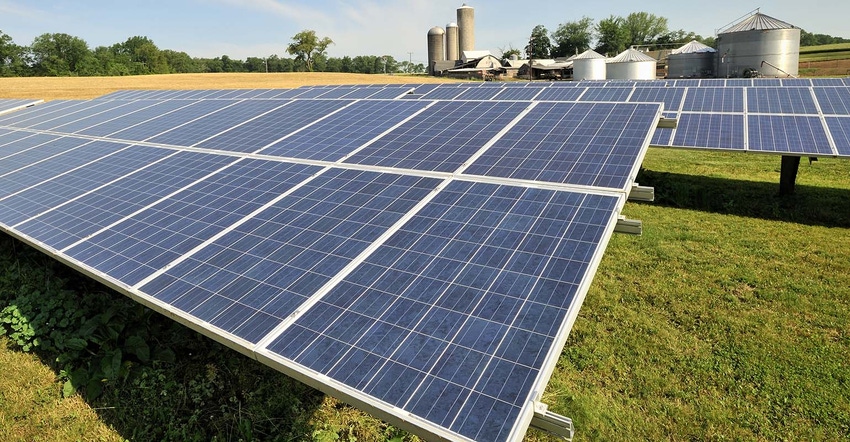July 20, 2018

More farm and ranch operations are looking to ways to improve efficiency. One potential source may be solar power, and work at Colorado State University is showing that there may be benefits. CSU’s Rural Energy Center has so far completed 10 initial economic feasibility assessments for solar energy at feedlots in the state. The center reports that he results are promising.
Animal feeding operations participating in the Feedlot Assessments for Solar Energy program would install solar arrays between four and 500 kilowatts to offset their electricity use. In comparison, the average Colorado home would need to install a five kilowatt array to offset its electric use.
Cost of the average photovoltaic system among feedlots participating in the study is $187,000 before incentives. But that price falls to $69,000 after incentives, which include a 30% federal tax credit and grants from both USDA and the Colorado Department of Agriculture. The assessments found that he average system would have a 7% return on investment and only three years of negative cash flow on a cumulative basis.
Solar arrays can be installed on buildings, in open space or even as shade structures over open feedlots. The arrays being evaluated would into the power grid and be used to offset the electricity costs of pumping water, lighting, ventilation and other ag uses.
CSU continues to accept animal feeding operations and diversified farms with animal agriculture into the FASE program. Participants get a free assessment report that offers information on estimated system sizes, costs, savings, and other information to evaluate how investing in a solar array would work for an operation. Applicants must receive 51% or more of their gross receipts from agriculture. Learn more at rec.colostate.edu/fase where you can also submit the short application. Or you can reach out to Cary Weiner, CSU Rural Energy Center Director to answer questions at [email protected].
Source: Colorado State University
You May Also Like




